Available: Mon - Fri 8am - 7pm PST & Sat 8am - 1pm PST
Tequila
Unlock the Spirit of Mexico: Tequila Tales Await!
Unlock the Spirit of Mexico with CWS Spirits' exceptional tequila collection, where each bottle embodies the rich heritage and distinct flavors of this iconic spirit. From smooth reposados to bold añejos, our selection showcases the finest tequilas sourced from renowned distilleries across Mexico.
Types of Tequila
Tequila is a Mexican spirit distilled from the blue Weber agave plant, primarily produced in specific regions of Mexico, including Jalisco, Colima, Nayarit, and Aguascalientes. Typically bottled at 70-80 proof, tequila is versatile-enjoyed neat, on the rocks, or as the base for classic cocktails like the margarita.
Understanding the different types of tequila can enhance your appreciation and help you select the perfect bottle:
Blanco (Silver) Tequila
Blanco means "white" in Spanish, but in tequila terms, it refers to a crystal-clear, unaged spirit. Bottled shortly after distillation, Blanco is bold, vibrant, and full of agave character. It's often called "silver" tequila, and it's perfect for cocktails or anyone who wants to taste tequila in its purest form.
Reposado Tequila
Reposado means "rested." This tequila is aged in oak barrels-often former bourbon barrels-for anywhere from 2 months to a year. The brief aging gives it a soft golden hue and adds subtle notes of vanilla, spice, and oak while retaining that bright agave core. It's a versatile favorite for sipping or mixing.
Añejo Tequila
Añejo, meaning "aged," spends 1 to 3 years in oak barrels, resulting in a darker, richer, and more complex tequila. With deep notes of caramel, chocolate, and dried fruit, Añejo tequilas are smooth and luxurious-best enjoyed neat or with a single cube of ice.
Extra Añejo Tequila
The most mature and often most premium expression, Extra Añejo tequilas are aged for over 3 years. This ultra-smooth, deeply flavorful tequila leans into the territory of fine cognac or aged whiskey. Expect rich, layered profiles perfect for slow sipping and special occasions.
Cristalino Tequila
Cristalino is an aged tequila-typically Añejo or Extra Añejo-that has been charcoal-filtered to remove its color while preserving its flavor. The result? A crystal-clear spirit with the depth of aged tequila and the brightness of a Blanco. It's modern, elegant, and incredibly smooth.
Additive-Free Tequila
Many tequilas use additives (like sweeteners or artificial flavors) to enhance taste or color. Additive-free tequilas skip the shortcuts, letting the natural character of the agave and barrel aging shine through. If you value authenticity and transparency, this is the way to go.
What Does Tequila Taste Like?
Tequila's flavor depends largely on how long it's been aged, which is why it's typically divided into three main styles: Blanco, Reposado, and Añejo. Each delivers a distinct taste experience.
Blanco (Silver):Unaged and bottled fresh, Blanco tequila is bold and vibrant. Expect a peppery kick up front, with spicy undertones balanced by hints of citrus and stone fruits on the finish. It's the purest expression of the agave plant.
Reposado:Aged in oak barrels for 2-12 months, Reposado offers a smoother, rounder profile than Blanco. The brief aging softens the spice and introduces warm notes of vanilla, honey, and a subtle nuttiness. It's a perfect middle ground between bright and bold, and rich and refined.
Añejo:Aged for at least one year, Añejo tequila is rich, complex, and designed for slow sipping. The oak influence brings flavors of caramel, molasses, toasted oak, and a touch of smoke, layered with earthy agave sweetness. Think of it as tequila's version of a fine whiskey-smooth, deep, and luxurious.
In short, Blanco is crisp and fiery, Reposado is balanced and mellow, and Añejo is rich and indulgent. Which one you prefer depends on whether you want bold intensity, smooth complexity, or velvety depth.
Top Tequila Brands You Should Know
The tequila world is diverse and full of standout options. From iconic labels to ultra-premium craft bottles, here are some of the top tequila brands and what makes each one special.
Casamigos
Launched by George Clooney in 2013, Casamigos helped kickstart the celebrity tequila wave. Known for its smooth, sweet notes of vanilla and caramel, it's a fan favorite among casual drinkers. Compared to Don Julio, Casamigos leans softer and sweeter, ideal for sipping or simple cocktails.
Clase Azul
Clase Azul is known for its hand-painted ceramic bottles and luxury positioning. Its tequilas are rich, complex, and perfect for sipping, especially the Reposado. Compared to Tears of Llorona, Clase Azul emphasizes visual artistry and smooth drinkability over depth and rarity.
Don Julio
A benchmark in premium tequila, Don Julio is crafted in the Jalisco Highlands and offers refined, agave-forward flavor. Don Julio 1942, in particular, is a staple in upscale settings. It competes closely with Clase Azul in quality, but with a more minimalist, classic presentation.
Patrón
One of the most widely available premium tequilas, Patrón is crisp, smooth, and versatile. With a clean flavor profile and solid price point, it works great for shots and cocktails alike. Compared to Espolòn, Patrón is more polished, but both deliver dependable quality.
Tears of Llorona
Tears of Llorona is a rare, ultra-premium extra añejo made from highland blue agave and aged in scotch, sherry, and cognac barrels. It's deep, rich, and layered-closer to a fine whiskey than traditional tequila. A true collector's bottle, it far exceeds most mainstream offerings in complexity and price.
Hornitos
Hornitos offers approachable tequila at a great value, especially its Plata and Reposado varieties. Known for bold, peppery agave flavors, it's great for shots or cocktails. Compared to Jose Cuervo, Hornitos offers a 100% agave lineup at similar price points, often delivering a cleaner taste.
Jose Cuervo
A legacy brand dating back to 1758, Jose Cuervo is the best-selling tequila in the world. From affordable mixtos to premium lines like Reserva de la Familia, Cuervo offers something for everyone. Its broad range makes it a familiar staple, though not as smooth as top-tier brands.
Espolòn
Espolòn delivers bold agave flavors with a peppery kick, wrapped in eye-catching Dia de los Muertos-inspired labels. Made in the Los Altos region, it's popular among bartenders for cocktails. It stands out as a value-driven rival to Patrón and Hornitos, with more vibrant character.
Each brand brings a unique flavor, style, and story-giving tequila lovers a world of variety to explore. Whether you're into bold mixes or refined sips, there's a tequila here for every taste and budget
Tequila Tasting Notes
The taste of tequila varies depending on its type:
Blanco Tequila
Features a peppery bite with spicy initial notes and stone fruit aftertaste.
Reposado Tequila
Smoother with deeper flavors, offering aromas and notes of honey and nectar.
Añejo Tequila
Smooth and sweet with touches of smoke, deep molasses, rich honey, and earthy notes.
Recommended Products
It is hard to recommend our favorites, as we sell so many amazing tequila online. We will highlight our favorites from each variety, though we don't recommend you limit yourselves to trying just one!
For the Blanco, we recommend the Patron Silver. Though it is commonplace, and some might even say basic, it is a truly amazing drink. It has so many uses, we love just drinking it in a shot at the bar! It is probably the prime candidate for a margarita, however. The price you'll find for this tequila online on our website is also cheaper than many stores!
For reposado, we recommend 1800 Reposado Tequila. This iconic bottle has found its home on so many shelves around the country. It is made with an incredible process and is one of the finest tequila drinks around. We think this works really well over ice with a wedge of lime.
For añejo, it is a little more tricky. Most options can range into the incredibly expensive, which will deter most people. In a similar vein, if a product is incredibly reasonable in terms of price, it isn't worth going for.
Our compromise is the formidable Tequila Comisario Anejo. It walks the line between being an incredible, divine-tasting tequila, and casual evening drinking. It has the depth, sweetness, and elegance that you expect, without breaking the bank too hard.
FAQ
Is Tequila the same as Mezcal?
In short, no. While both are Mexican spirits made from agave and distilled, they differ in key ways. Tequila must be made from blue Weber agave and is mostly produced in Jalisco. Mezcal can be made from various agave types and is often produced in Oaxaca and other regions.
Mezcal gets its signature smoky flavor from agave cooked in underground pits. While both spirits can be aged, mezcal is best known for its unaged (joven) versions, similar to Blanco tequila.
What makes tequila unique?
Tequila is one of the few spirits made from the blue Weber agave plant and can only be produced in specific regions of Mexico, primarily Jalisco.
It's also unique for having clearly defined categories based on aging-Blanco, Reposado, and Añejo-each offering distinct flavor profiles and colors. While other spirits also have classifications, tequila's age-based categories are especially prominent and standardized.
Is tequila technically a wine?
Tequila is not a wine, it is a spirit. All alcohols go through a fermentation process, and all alcohols are made with a grain/fruit starting point. This is pretty much where the similarities stop between the two drinks.
Tequila is distilled, which wine is not. This means that the liquid is purer, and has less of the raw flavors and texture. Tequila is much stronger than wine, being around 80 proof as opposed to around 25 proof.
Furthermore, they are stored really differently. Tequila can be drunk immediately after bottling. Wine, due to its more raw state, needs to rest in the bottle and age for a while before it is ready to drink.
Is tequila stronger than whiskey?
Tequila and whiskey are around the same strength. Whiskey has the ability to be a little bit stronger than tequila, however. Due to the stricter rules around tequila production, there is not a lot of room to fiddle with anything. This maintains the strength at about 80 proof.
Whiskey doesn't have as much regulation on its production and has a lot of artisanal, small-batch productions. This allows them to be more experimental, churning out more and more unique products.
To get an idea, there is a whiskey that is 180 proof! That is insanely high, it is basically pure alcohol at this point.
Does tequila have caffeine?
No, tequila does not contain caffeine. While some people feel energized after drinking it, tequila is still a depressant, not a stimulant. The perceived "boost" often comes from the social setting or how it's consumed-not the tequila itself.


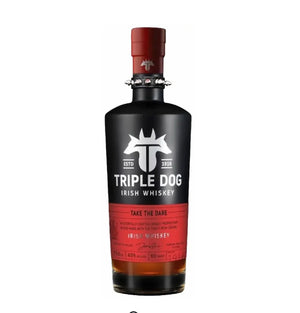
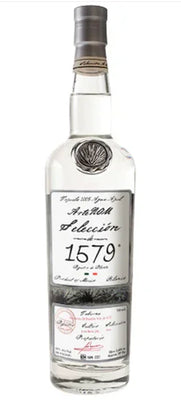
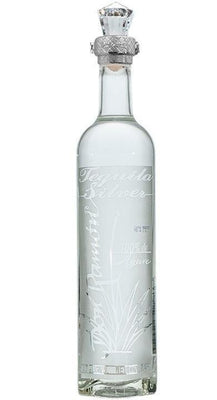
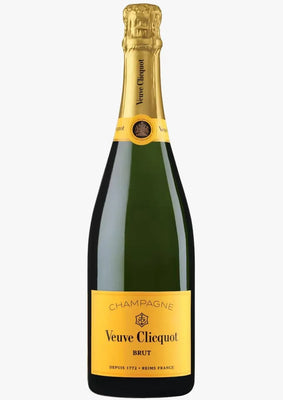
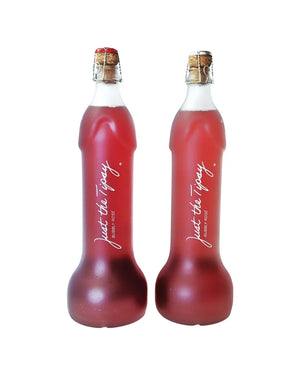
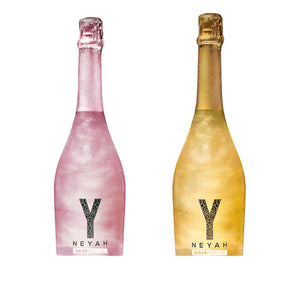
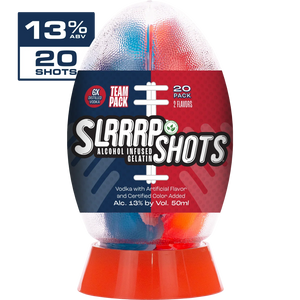
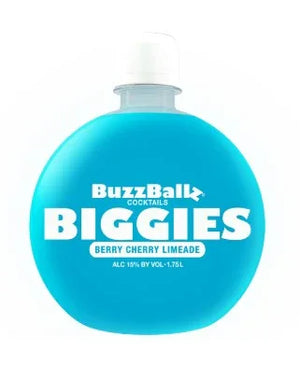
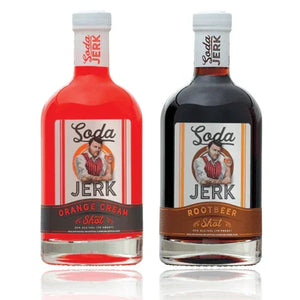
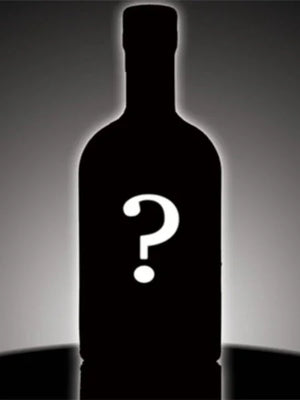
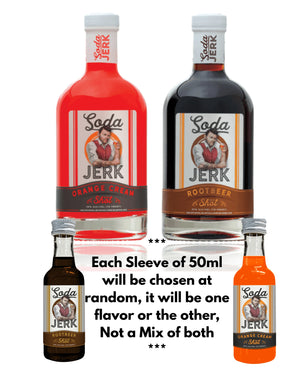
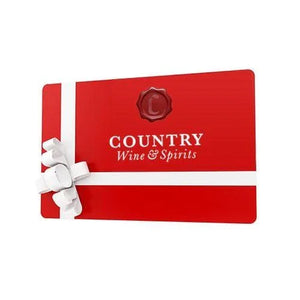




























 Get Vault Pricing
Get Vault Pricing




















